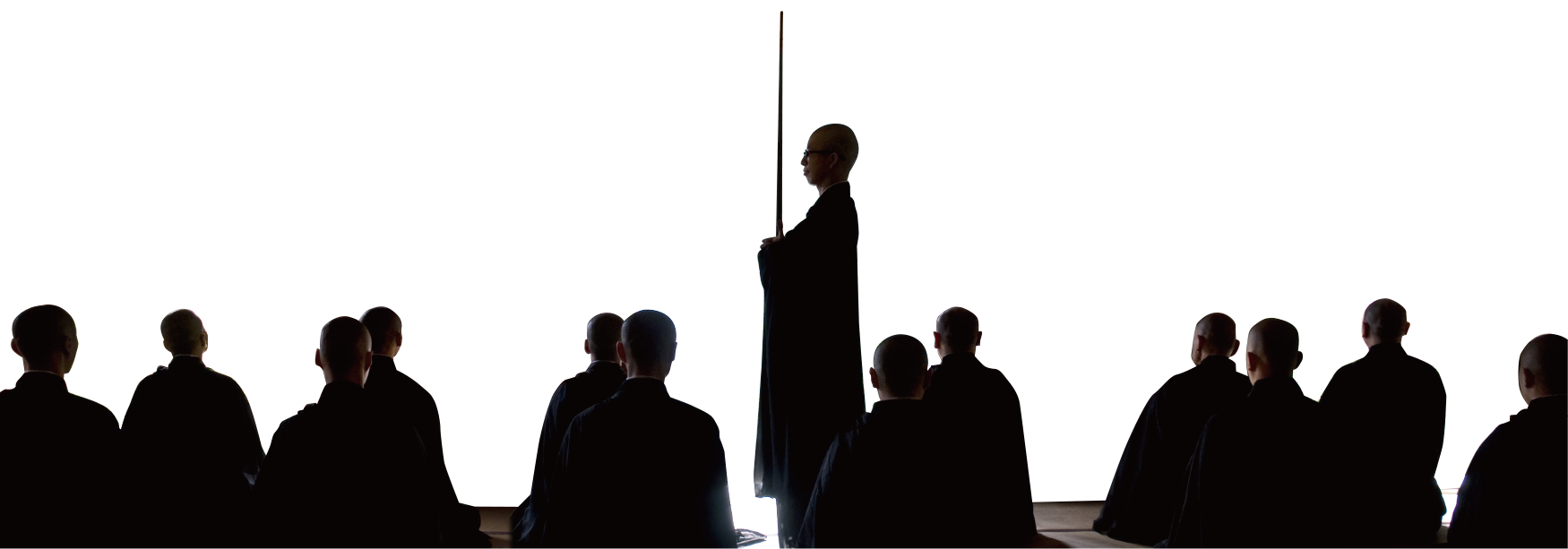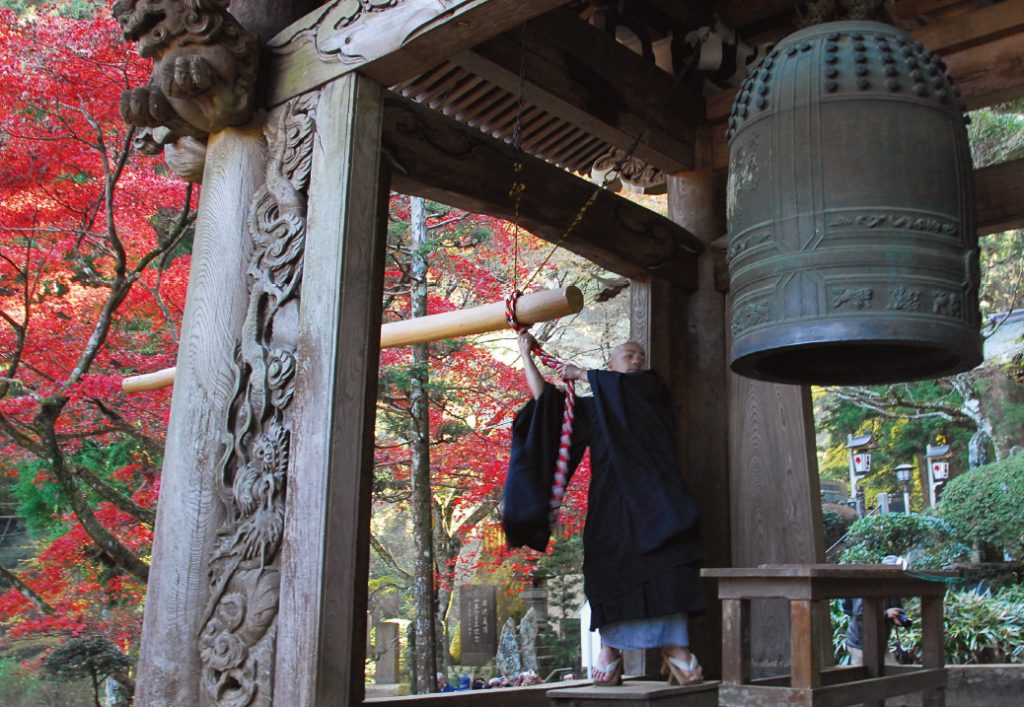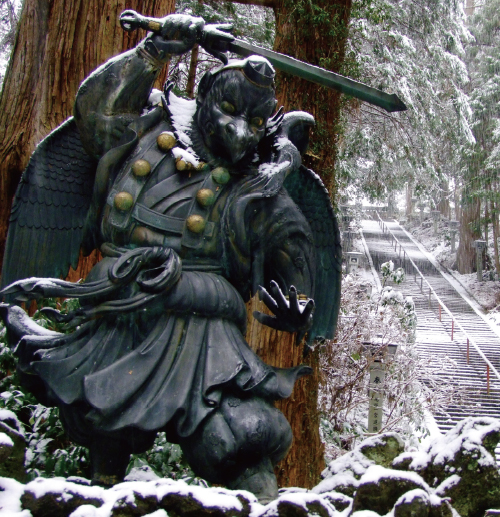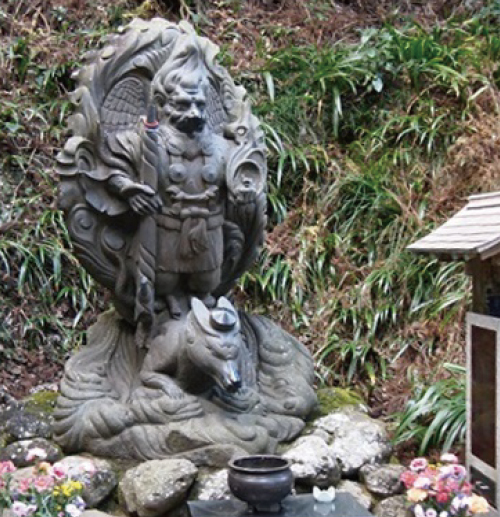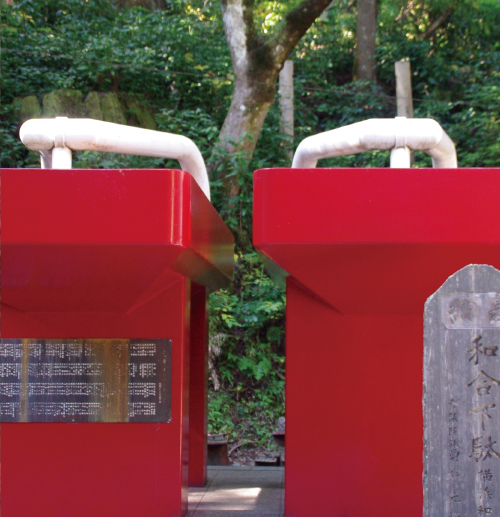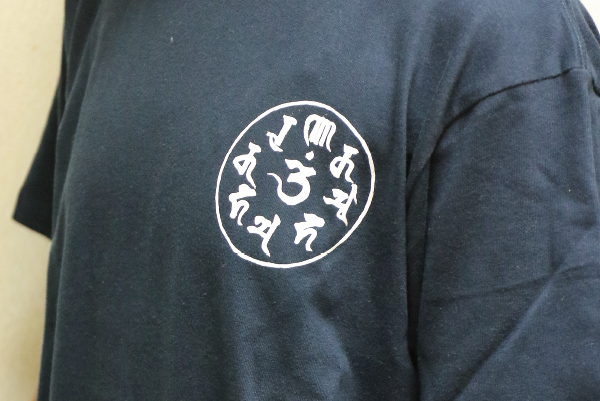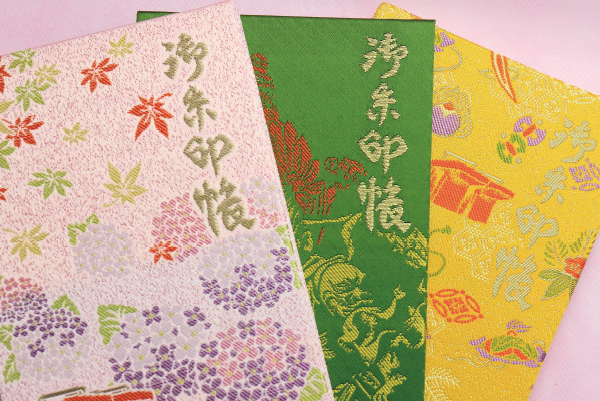The below shows events carried out from December to March
On December 31, worshippers who try to greet New Year at Daiyu-zan gather in front of the bell tower, and temple bells of New Year’s Eve are hit by the first utterance of the head priest at 0:00am New Year’s Day. Energy overflows in a solemn air and a dawn of a new year is coming.
Prayer of greeting the New Year is carried out.
About 50,000 worshipers come on the first three days of the new year.
New Year’s ornaments and dumplings made by ascetic monks are burned up by fire. It is said that eating dumplings baked by this fire bring perfect state of health for one year.
Lucky-beans are scattered by guests and Setsubun ritual people with the zodiac sign by whom preliminary applications were done. 12,000 bags of beans are scattered and each bag contain a lottery ticket and a big lottery event is performed.

